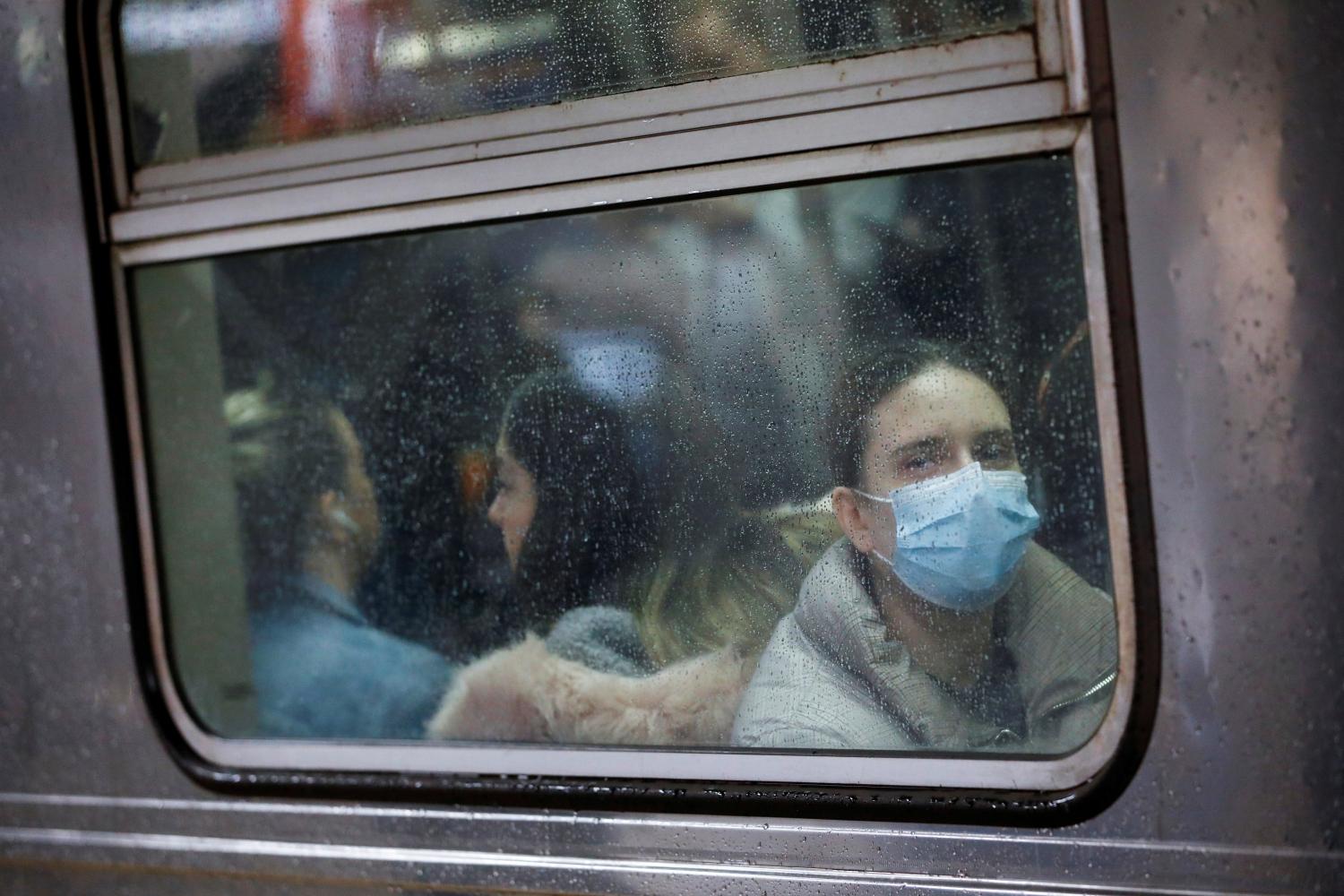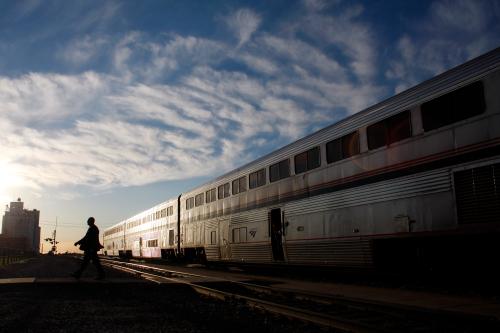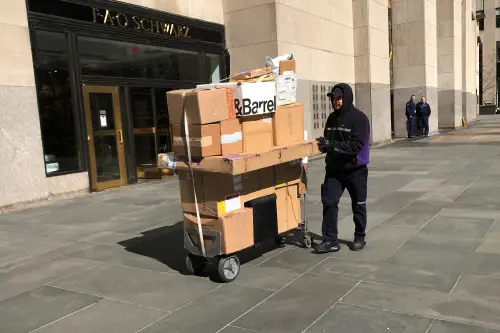As the coronavirus spreads across the country, states and localities are facing mounting pressures to close school doors. Many states moved with swift action, but because the situation is evolving so rapidly, the exact number of closures is a moving target. As of today, there are at least 104,000 school closures affecting 47.9 million students.
Closing schools and transitioning to online learning is critical to stymying the spread of the virus, but experts agree that the transition won’t be easy. Among the many challenges—from providing meals for low-income students to finding child care for essential workers—relying on remote learning and online classes also exposes the country’s deep digital divides. Simply put, too many American children live without essential internet services.
According to 2017 data from the National Telecommunications and Information Administration (NTIA), 3.1 million households (14.1%) with school-aged children have no wired broadband connection at home. Though some of these families likely have a wireless subscription, these data plans aren’t sufficient for extended online learning.

The transition to digital learning will be especially challenging within lower-income neighborhoods and communities of color. Broadband adoption rates in Black and Latino or Hispanic households lag behind white households by 6.8% and 3.4%, respectively. Further, when Black and Latino or Hispanic households do have in-home broadband, they’re more likely than white households to rely only on mobile connections.
Our own research shows that as neighborhood poverty rises, the broadband adoption rate falls precipitously. As COVID-19 requires more schools to transition to online learning, the students who were already the most vulnerable to falling behind will face even more hurdles to keep pace.

The truth, though, is that these challenges aren’t new. The “homework gap” has left millions of students without broadband unable to complete their assignments at home. Though the most recent NTIA and ACS data suggest that the oft-cited statistic on the number of students in this gap—15%, or 12 million students—is higher than actual circumstances, there’s no question that millions of kids remain without either home broadband or a computer.
The homework gap is a stark illustration of the challenges faced by low-income students and their families. As part of a recent project focused on the connection between broadband, equity, and health, Brookings Metro heard repeated stories of parents who have used patchwork solutions to overcome broadband barriers: taking their kids to McDonald’s after work for Wi-Fi access, or sitting outside the local library or even a gas station to connect. These solutions are burdensome, tiring, and might not even be possible during the coronavirus pandemic, as public spaces across the country shutter their doors.
Fortunately, broadband providers have responded swiftly. The Federal Communications Commission (FCC) just issued the Keep Americans Connected Pledge, which asks internet service providers (ISPs) who sign on to not disconnect consumers who cannot pay their bills for the next 60 days, waive late fees, and open up Wi-Fi hotspots across the country. A long list of companies has already signed on, including AT&T, CenturyLink, and Verizon.
Relying on remote learning and online classes also exposes the country’s deep digital divides. Simply put, too many American children live without essential internet services.
Paying particular attention to concerns around online learning, ISPs such as Charter Communications have already committed to providing free broadband to K-12 and college students. Digital inclusion advocate EveryoneOn is maintaining a search engine to help people find low-cost programs in their ZIP code.
The efforts of the FCC and ISPs during this crisis ought to be commended, but their quick response also begs the question: Was broadband access not essential before COVID-19? Long before the coronavirus drew national attention to the issue, digital inclusion advocates were stressing the disparate outcomes for students without internet.
This isn’t to say that we should dismiss the steps that have been taken in response to the coronavirus. Instead, we must harness this momentum to demonstrate that broadband is essential to the success of students across the country, and finally lay to rest the concerns of those who say that high-speed internet is just a luxury good.
The coronavirus pandemic isn’t making broadband essential—it’s exposing that it always was.
The Brookings Institution is committed to quality, independence, and impact.
We are supported by a diverse array of funders. In line with our values and policies, each Brookings publication represents the sole views of its author(s).









Commentary
As classes move online during COVID-19, what are disconnected students to do?
March 20, 2020